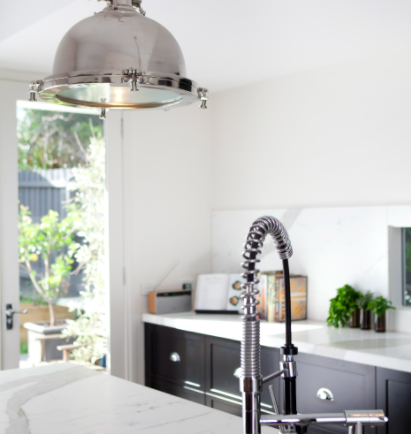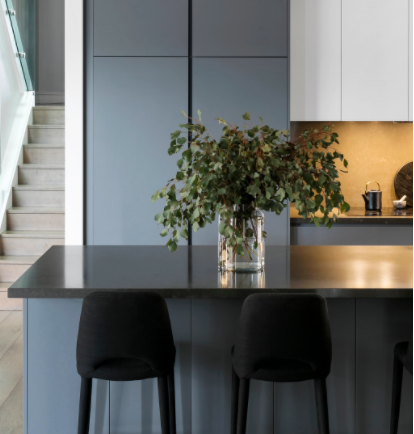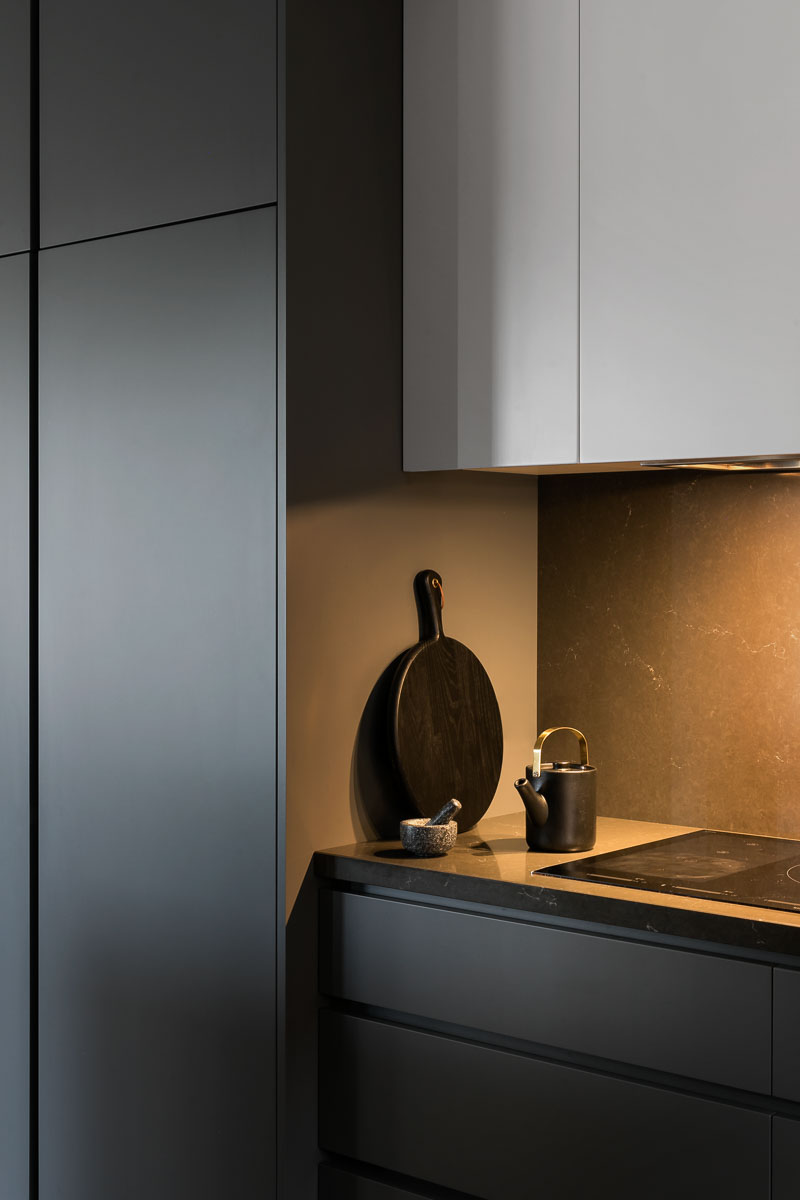There has been alot of talk in the industry recently about composite stones – whether they are safe and if we should be using them in our homes.
I wanted to address some of the concerns here today because many of the homeowners I talk to are becoming increasingly aware and conscious of the connection between the materials we use in our homes and the health of the people who live in it and those creating it for us.
First of all, just to recap, when we’re talking about composite stone (or sometimes called reconstituted stone), we’re talking about a man-made stone that is created by mixing together crushed rock with a binding agent (usually resin) to create a newly formed slab of stone to be used for applications like kitchen, laundry and bathroom benchtops.
The health issues that have been raised relate to the inhalation of dust that is created during the manufacturing of these products. When the stone is being cut, grinded or polished with a power tool, very fine dust is released into the air which contains respirable crystalline silica.
It is this respirable crystalline silica dust that is a hazardous substance, and if inhaled, can lead to serious health effects. Whilst this is a risk when working with any stone, it is engineered stone that has received the most attention, as it has the highest concentration of crystalline silica – at least 80%.
If this dust is not controlled, people working with these products are at high risk of being exposed to the dust, which can result in silicosis, chronic bronchitis, emphysema, lung cancer, kidney damage and scleroderma.*
So, this particular issue is related to the manufacture of these products rather than the use in our homes.
If your concern is whether the product is safe to use in your home, then you’re going to need to make sure that there is no cutting of the product on site, which may result in a release of these dust particles into the environment.
However, if your concern is whether the product is safe to use at all, then you’re going to need to do some extra work to trace the production process back to where it came from. Whilst we have workplace safety requirements here in Australia, there are a whole lot of operators that are not following the recommended guidelines for working with the materials, and many of the suppliers have off-shore facilities that would not fall under these protections – so it’s essentially up to the company to put in place practices that ensure the safety of their workers.
So, what can we do as consumers?
+ Talk to the supplier of your stone to see what practices they have in place to ensure that their workers (including those offshore) are provided with adequate training and protection when working with the product.
+ Do not allow stone to be cut on site unless the appropriate PPE equipment is provided (but really, we should be avoiding this if at all possible).
+ When you’re comparing similar products, check the crystalline silica content (usually shown on the safety data sheet or ask the supplier directly).
+ Consider products that have lower typical crystalline silica content (see below table for typical ranges)
| Engineered stone | 80% to 95% |
| Sandstone | 70% to 90% |
| Granite | 25% to 60% |
| Slate | 20% to 40% |
| Marble | Less than 5% |
* Information for this post has been sourced from Worksafe Victoria
Occupational Health and Safety Amendment (Crystalline Silica) Regulations 2019.

Before you put marble in your kitchen…
Before I give you the low-down on marble (and what you need to consider before you put it in your kitchen), I wanted to give you a little background and my personal experience living with it…

While many of the cabinetry finishes may look quite similar when we’re researching options online, there are some major differences in how they’re made and how they perform

[…] are sorted, you might find these other blog posts helpful in selecting your stone benchtops :Are Stone Composites Really Safe?Before you put Marble in your […]